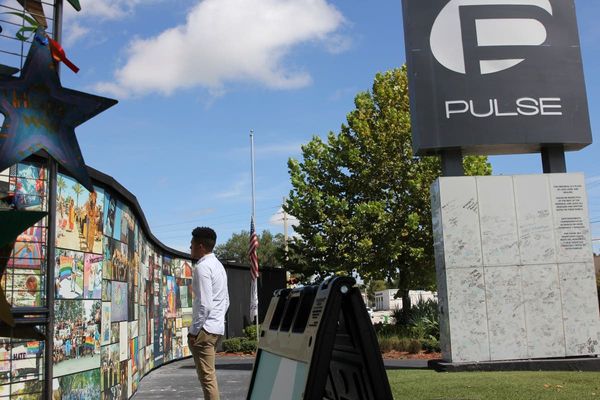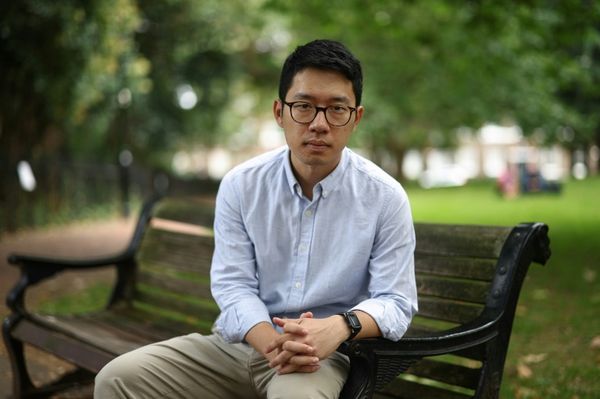
A jasmine plant climbs up a red brick facade towards the sunlight in Melbourne’s Guildford Lane.
Planted by the laneway’s residents when it was less than half a metre tall, it now stretches three storeys above the narrow kerb not far from the centre of the CBD.
“It’s just glorious when the sunlight hits it and it starts swaying in the breeze … it’s sculptural,” says Katherine McPherson, a longtime resident of Guildford Lane.
This once “raw”, “grotty” laneway has become a poster child for the city council’s green permit scheme, which is set to be expanded to other parts of the CBD.

The council estimates there are about 70 hectares (173 acres) of laneways across the City of Melbourne. In the CBD, laneways take up 13 hectares and their wall surfaces another 150 hectares or so, allowing for vertical gardens.
The greening of these once dirty laneways began as a pilot program in 2016 in four locations – Coromandel Place, Guildford Lane, Katherine Place and Meyers Place. The $2.2m trial has transformed minor thoroughfares into thriving green spaces.
Lindsay Bull, the owner of Brick Lane cafe on Guilford Lane, says the trial has turned the laneway into a popular tourist destination.
“We get lots of people just cruising down the laneway; you see them taking pictures for Instagram. That’s what they love,” he says. “It used to be a grotty old laneway you wouldn’t even think of coming down.”
Along with the increased foot traffic, McPherson says the transformation has created a feeling of community where on balmy summer evenings neighbours hose down their plants.
“It just felt good to do it together as well as talk about the plants and just even have a beer,” she says.
“We can see the butterflies, we can see the dragonflies, we can see the bees.”

Melbourne’s lord mayor, Sally Capp, says the council has been mulling over how to “beautify” the city’s nearly 1,700 laneways.
“These laneways have become green oases that have lots of other features like health and wellbeing and managing city temperatures better,” she says.
Melbourne’s laneways are synonymous with graffiti but Capp says Guildford Lane – where a street artwork depicts hens pecking at the laneway plants – shows the two can complement each other.
“It’s not until you’re up close to the nature that you might notice the street art, or the street art draws you there but you’re focused on the nature,” she says.
The program builds on the council’s urban forest strategy, which is designed to keep the city cool, helping it adapt to climate change.
“The whole point as we head into the hotter months is to guide people throughout the city under shade or where there is greenery and respite,” Capp says.
Nicholas Williams, a professor in urban ecology and horticulture at the University of Melbourne, says the project’s cooling effect is vital.

“It’s important for the life of the city. If we want people to be actively using our spaces during the hotter months of the year, you’re going to need to be actively cooling them,” he says.
Thami Croeser, a PhD researcher at RMIT’s Centre for Urban Research, says expanding the program into other inner-city councils would be easier because they are quieter spaces.
But he says it is important to acknowledge that leaning on the community to deliver “impressive results” will not work everywhere.
“The council’s evaluation states that ‘low-cost, community-led greening can be just as effective as more costly approaches’. This is true in rare instances, but it really has its limits,” he says.

In 2015, McPherson placed a small collection of plants on the kerbside at Guildford Lane, which she described as “raw”. That formed the beginning of a pop-up neighbourhood garden.
She says the council’s program was the “spark” that helped provide structure for the greening project.
McPherson hopes to maintain the momentum at the lane, especially because vacant buildings are set to be turned into office space, reducing the number of residents who can chip in.
But she’s determined to keep the welcoming atmosphere.
“You can just see and feel how people relaxed in the lane,” she says.







